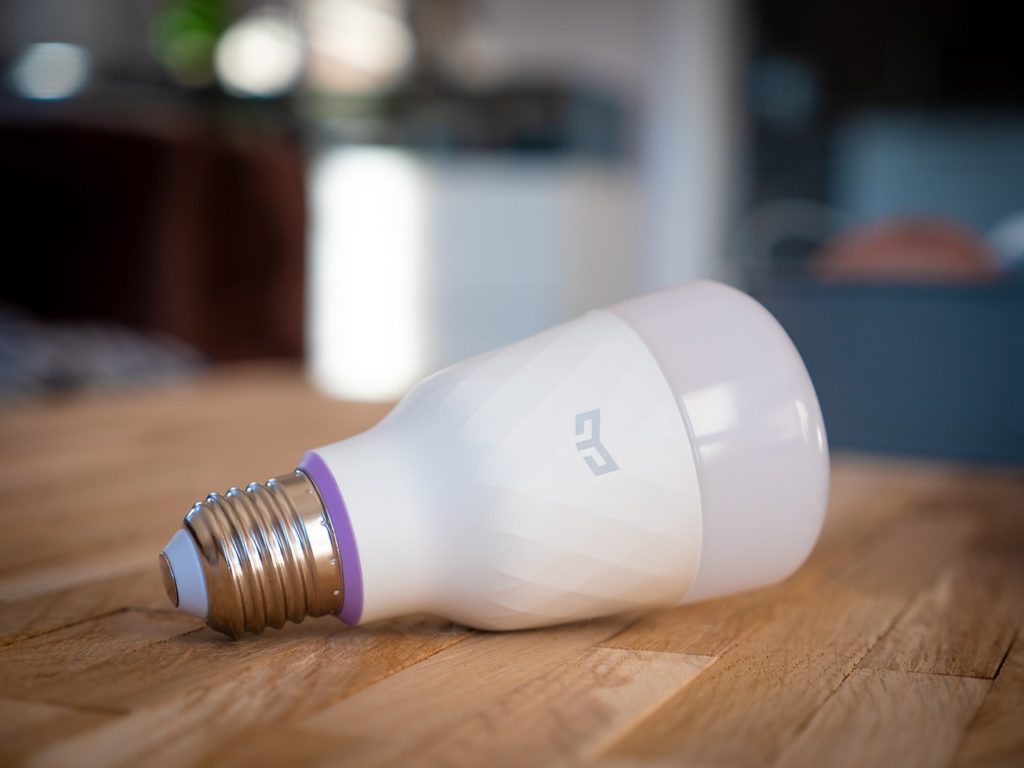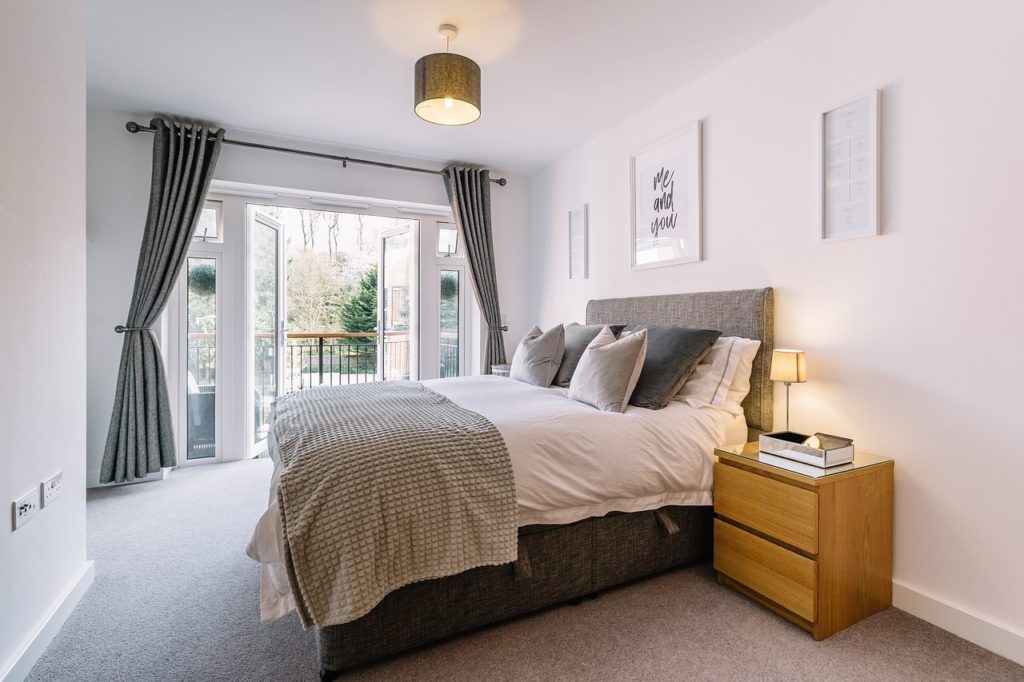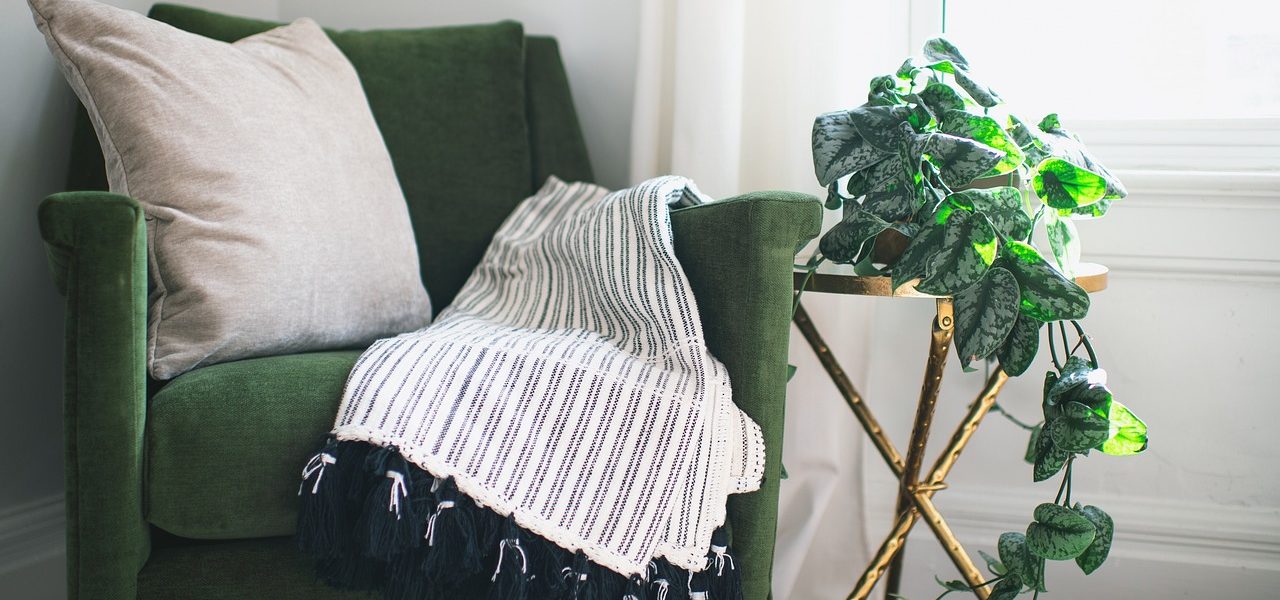Sustainable Interior Design has become more than just a trend; it’s a necessity As the world continues to grapple with climate change and environmental degradation. In 2024, creating an eco-friendly home is about making conscious choices that reduce environmental impact while enhancing the comfort, aesthetics, and functionality of living spaces. Sustainable design focuses on using renewable resources, reducing waste, and creating healthier indoor environments. This article explores key principles and practical tips for achieving sustainable interior design that is stylish, functional, and kind to the planet. There are 6 Tips how to Create an Eco-Friendly Home in 2024
1. Understanding Sustainable Interior Design
Sustainable interior design is the practice of creating living spaces that are environmentally responsible and resource-efficient throughout a building’s life cycle—from planning and construction to use and eventual deconstruction. It encompasses selecting materials, furniture, and decor that have a minimal environmental footprint and designing spaces that are energy-efficient and conducive to well-being.
The core principles of sustainable interior design include:
- Reducing Waste and Recycling: Emphasizing the use of recycled, upcycled, or second-hand materials.
- Energy Efficiency: Implementing energy-saving appliances, lighting, and heating/cooling systems.
- Sustainable Sourcing: Choosing materials and furnishings that are responsibly sourced, renewable, and biodegradable.
- Indoor Air Quality: Selecting non-toxic, low-VOC (volatile organic compound) paints, finishes, and materials to create healthier indoor air quality.

2. Choosing Eco-Friendly Materials and Finishes
One of the most impactful steps in sustainable interior design is choosing eco-friendly materials and finishes that have a low environmental footprint. Here are some considerations for materials:
A. Reclaimed and Recycled Materials
Using reclaimed wood, recycled metal, or repurposed stone is a fantastic way to reduce waste and add character to your home. Reclaimed wood can be used for flooring, furniture, or accent walls, providing a rustic and unique aesthetic while minimizing the demand for new lumber.
B. Sustainable Flooring Options
Choosing sustainable flooring is crucial as it covers a large surface area and impacts both the aesthetic and functionality of a home. Bamboo and cork are excellent renewable options because they regenerate quickly and are highly durable. For a more luxurious feel, consider natural wool or sisal carpets, which are biodegradable and often produced without harmful chemicals.
C. Low-VOC Paints and Finishes
Traditional paints and finishes can release harmful VOCs into the air, contributing to indoor air pollution. Opt for low-VOC or VOC-free paints and finishes, which are available in a wide range of colors and finishes, making it easier to achieve the desired look without compromising air quality.
D. Natural and Organic Textiles
When selecting fabrics for upholstery, curtains, and cushions, consider organic cotton, linen, hemp, or bamboo. These materials are produced with minimal chemicals and are biodegradable. Additionally, they often have a more natural look and feel, adding a cozy and earthy vibe to your home.

3. Energy Efficiency and Smart Technology
Incorporating energy-efficient systems and smart technology is essential for creating an eco-friendly home in 2024. Energy efficiency not only reduces your carbon footprint but also lowers utility bills. Here are some practical steps:
A. Energy-Efficient Appliances
Choose Energy Star-rated appliances that consume less water and electricity. Modern energy-efficient refrigerators, washing machines, dishwashers, and ovens are designed to minimize energy usage without sacrificing performance.
B. LED Lighting and Smart Lighting Systems
LED lights are more energy-efficient and last significantly longer than traditional incandescent bulbs. For even greater efficiency, consider installing smart lighting systems that allow you to control lights remotely, set schedules, and adjust brightness, reducing unnecessary energy consumption.
C. Smart Thermostats and Climate Control
Smart thermostats like Nest or Ecobee learn your daily routines and adjust heating and cooling settings accordingly, optimizing energy usage and providing significant savings on utility bills. Additionally, zoned climate control systems allow you to heat or cool only the rooms that are in use, reducing energy waste.
4. Water Conservation and Sustainable Plumbing
Water is a precious resource, and sustainable interior design should incorporate water-saving solutions to minimize waste. Here are a few ways to conserve water:
A. Low-Flow Fixtures
Installing low-flow faucets, showerheads, and toilets can significantly reduce water consumption without compromising performance. Modern designs are sleek, functional, and available in various styles to suit different aesthetics.
B. Greywater Recycling Systems
Greywater systems collect water from sinks, showers, and washing machines and repurpose it for non-potable uses like garden irrigation or toilet flushing. This innovative solution reduces overall water usage and is becoming increasingly popular in sustainable home designs.
5. Furnishings and Decor: Sustainable Choices
Sustainable interior design extends beyond the architectural elements of a home to include the furniture and decor that fill it. Making mindful choices about furnishings can have a considerable impact on sustainability:
A. Invest in Timeless, High-Quality Pieces
Rather than buying cheap, disposable furniture that needs replacing frequently, invest in high-quality, timeless pieces that will last for years. Solid wood furniture, for example, is durable and can often be refinished or repaired, reducing the need for frequent replacements.
B. Shop Second-Hand and Vintage
Shopping for second-hand or vintage furniture and decor is an excellent way to reduce waste and add unique, one-of-a-kind pieces to your home. Thrift stores, antique shops, and online marketplaces like eBay and Facebook Marketplace are great places to find sustainable furnishings.
C. Support Ethical and Local Artisans
Buying from local artisans or ethical brands that use sustainable practices supports small businesses and reduces the carbon footprint associated with shipping goods long distances. Look for certifications like Fair Trade, FSC (Forest Stewardship Council), or B Corp to ensure ethical production practices.
6. Indoor Plants: Natural Air Purifiers
Indoor plants are not just a popular decor trend; they play a vital role in sustainable interior design by acting as natural air purifiers. Plants like peace lilies, spider plants, and snake plants can help remove toxins from the air, improving indoor air quality. Moreover, incorporating greenery into your home creates a calming, natural atmosphere that can enhance well-being.

7. Maximizing Natural Light and Ventilation
A sustainable home takes full advantage of natural resources like sunlight and fresh air. Designing spaces to maximize natural light reduces the need for artificial lighting during the day, cutting down on energy use. Here’s how to do it:
A. Use Light Colors and Reflective Surfaces
Lighter colors and reflective surfaces like mirrors can amplify natural light, making rooms feel brighter and more spacious. Consider painting walls in soft whites, creams, or pastels and incorporating metallic or glass accents.
B. Install Energy-Efficient Windows and Blinds
Energy-efficient windows with double or triple glazing reduce heat loss in winter and keep interiors cooler in summer, reducing the need for heating and cooling. Pair these windows with sustainable blinds or curtains made from organic fabrics to control light and heat further.
C. Cross Ventilation Design
Design your home to promote cross ventilation, which allows fresh air to flow through and reduces reliance on air conditioning. Strategically placed windows, doors, and vents can help create a natural airflow that keeps your home comfortable year-round.
8. Waste Reduction and Recycling Systems
Creating a sustainable home involves integrating systems for managing waste and recycling efficiently. Here are some strategies:
A. Built-In Recycling Stations
Designate built-in recycling stations in the kitchen, garage, or utility room to make recycling easier and more organized. Consider having separate bins for paper, plastics, glass, and compostable waste.
B. Composting Solutions
Composting organic waste reduces landfill waste and creates nutrient-rich soil for gardening. Compost bins can be incorporated into kitchen designs or placed in outdoor spaces for easy access.
9. Creating a Sustainable Interior Design – Outdoor Space
Sustainable interior design extends to outdoor spaces, where eco-friendly practices can enhance the overall sustainability of a home. Consider the following:
A. Native and Drought-Resistant Plants
Choose native or drought-resistant plants for your garden to reduce the need for excessive watering and maintenance. These plants are better adapted to the local climate and can thrive with minimal care.
B. Sustainable Outdoor Furniture
Outdoor furniture made from recycled or sustainably sourced materials like reclaimed wood, recycled plastic, or bamboo is both stylish and eco-friendly. Look for weather-resistant, durable options to minimize the need for replacements.
Conclusion
Sustainable interior design is a holistic approach that requires thoughtful consideration of materials, energy efficiency, waste management, and overall well-being. By making conscious choices in 2024, from selecting eco-friendly materials and energy-efficient systems to investing in quality, timeless furniture, and maximizing natural resources, you can create a home that is not only beautiful and functional but also kind to the planet. Embracing sustainable interior design is not just a trend; it’s a commitment to a more responsible, mindful way of living.












